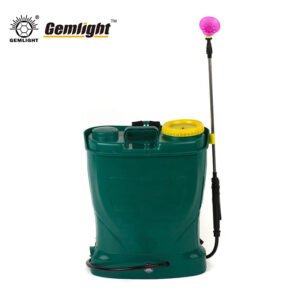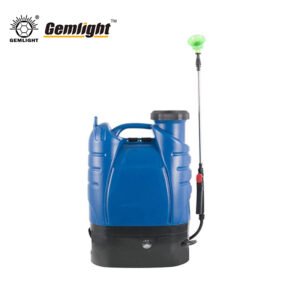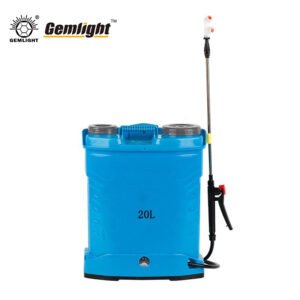Parang vs Machete: Complete Comparison Guide
Cutting tools have shaped agriculture, forestry, and survival for centuries. Two of the most recognized blades are the parang and the machete. Although they share similarities, each is designed for different environments and tasks. For distributors, retailers, and professional buyers, understanding the parang vs machete distinction ensures smarter decisions when sourcing tools for your market.
This guide explains history, design, uses, advantages, and buying tips, helping you choose the right tool for your customers.
What Is a Machete?
A machete is a versatile cutting tool with a long, broad blade, typically ranging from 12 to 28 inches. Its primary purpose is agriculture, forestry, and survival. Farmers use machetes to chop sugarcane, clear brush, harvest crops, and even process small pieces of wood.
Features of a Machete
-
Blade Length: 12–28 inches
-
Blade Material: High-carbon steel for flexibility and durability
-
Handle: Wood, plastic, or composite for a firm grip
-
Shape: Straight or slightly curved edge, depending on the type
Various machete types exist, including Latin-style machetes, bolo machetes, kukris, panga machetes, and cane machetes, each tailored to specific tasks.
What Is a Parang?
A parang originates from Southeast Asia, particularly Malaysia and Indonesia. Unlike the machete, it features a heavy, curved blade designed to tackle dense vegetation and woody plants.
Features of a Parang
-
Blade Length: 10–24 inches
-
Blade Shape: Curved with a wider belly for deep cutting
-
Weight: Heavier than most machetes, providing more chopping force
-
Cultural Roots: Widely used in jungle survival and daily agricultural work in Southeast Asia
The design of a parang allows users to efficiently cut tough, fibrous materials, making it ideal for tropical environments.
Parang vs Machete: Key Differences
While both are cutting tools, they differ in several critical aspects:
| Feature | Parang | Machete |
|---|---|---|
| Blade Shape | Curved, thick belly, weighted tip | Straight or slightly curved, thinner |
| Cutting Style | Heavy chopping, dense vegetation | Versatile slicing, chopping, clearing |
| Weight | Heavier, more power per swing | Lighter, easier to handle |
| Origin | Southeast Asia | Global (Africa, Latin America, Caribbean) |
| Best Use | Dense jungle, hardwoods, survival | Agriculture, sugarcane, brush clearing |
Historical and Cultural Context
The machete spread across Africa, the Caribbean, and Latin America, largely due to sugarcane farming. In these regions, it became both a practical tool and a cultural symbol.
In contrast, the parang has deep cultural roots in Southeast Asia. In Malaysia and Indonesia, it is more than a farming tool—it is a survival blade for dense forests. People rely on it daily, demonstrating its enduring importance.
Practical Uses in Agriculture
Machete Applications
-
Harvesting crops such as sugarcane, bananas, and maize
-
Clearing weeds and brush quickly
-
Cutting fodder for livestock
-
Shaping soil beds and small-scale tilling
Parang Applications
-
Cutting bamboo, vines, and hardwood shrubs
-
Processing firewood for fuel
-
Survival and bushcraft tasks
-
General farm maintenance in tropical regions
Buyer Considerations
When deciding which tool to stock for wholesale or retail, consider:
-
Market Demand:
-
Africa & South America favor machetes due to crop farming.
-
Southeast Asia has high demand for parangs, reflecting cultural familiarity.
-
-
Durability Needs:
-
Lightweight machetes suit versatile farm tasks.
-
Heavier parangs excel at chopping dense vegetation.
-
-
Cost:
-
Machetes are generally mass-produced and cost-effective.
-
Parangs can carry a premium for specialized design and cultural value.
-
Advantages of Each Tool
Machetes
-
Serve multiple purposes in farming and survival
-
Lightweight, easy to maneuver
-
Affordable and widely available
-
Variety of styles to meet regional needs
Parangs
-
Stronger chopping power
-
Effective in dense forests and hardwood areas
-
Robust construction ensures durability
-
Culturally recognized and preferred in Southeast Asia
Wholesale and B2B Perspective
For wholesalers, offering both tools ensures coverage of diverse markets:
-
In Africa and South America, focus on machetes such as cane knives and Latin-style machetes.
-
In Southeast Asia, prioritize parangs to match local familiarity and utility.
-
Outdoor survival and camping markets (Europe, North America) benefit from both types.
Maintenance Tips
Proper care increases lifespan and customer satisfaction:
-
Clean blades after each use to prevent rust.
-
Sharpen regularly for efficiency.
-
Lightly oil blades for storage.
-
Inspect handles for cracks or loosening.
-
Store in a sheath for safety.
With proper maintenance, both parangs and machetes can last many years, even under heavy use.
Sustainability and Future Outlook
As sustainable agriculture and outdoor survival activities grow, demand for traditional cutting tools continues. Machetes and parangs reduce reliance on fuel-powered machines and support manual precision farming. Their versatility ensures they remain relevant across different environments and industries.
Conclusion
The debate of parang vs machete is not about which tool is universally better but about selecting the right tool for the environment and user. The machete excels in agriculture and versatile tasks, especially in Africa and Latin America. Meanwhile, the parang is ideal for Southeast Asian jungles and survival contexts.
For wholesalers and distributors, offering both ensures coverage of regional-specific needs. Each tool carries a legacy of efficiency, durability, and cultural significance. Understanding their differences allows you to meet market demands effectively and deliver value to your customers.
Related products




